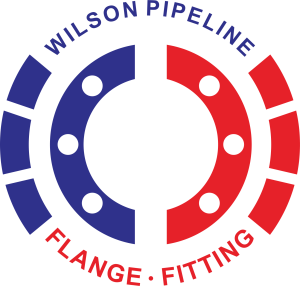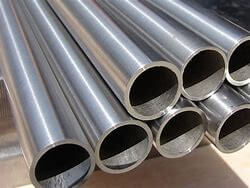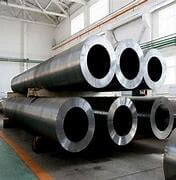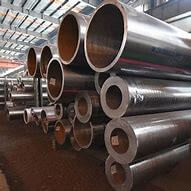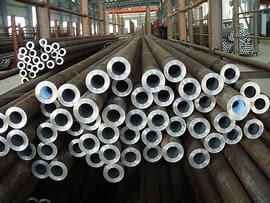Non-destructive testing (NDT) methods are used to evaluate the integrity of pressure equipment without damaging or altering the equipment. Here are some of the most common NDT methods used for pressure equipment:
1. Ultrasonic testing – Ultrasonic testing uses high-frequency sound waves to detect internal defects or flaws in pressure equipment, such as cracks or voids. This method is commonly used for testing welds, piping, and pressure vessels.
2. Radiographic testing – Radiographic testing uses X-rays or gamma rays to detect internal defects or flaws in pressure equipment. This method is commonly used for testing welds, piping, and pressure vessels.
3. Magnetic particle testing – Magnetic particle testing involves applying magnetic particles to the surface of pressure equipment and using a magnetic field to detect surface defects, such as cracks or fissures. This method is commonly used for testing welds and other components.
4. Liquid penetrant testing – Liquid penetrant testing involves applying a liquid dye to the surface of pressure equipment and using a developer to detect surface defects, such as cracks or fissures. This method is commonly used for testing welds and other components.
5. Eddy current testing – Eddy current testing uses electromagnetic currents to detect surface defects, such as cracks or corrosion, in pressure equipment. This method is commonly used for testing piping and other components.
Overall, the selection of the appropriate NDT method depends on the specific application and type of pressure equipment being tested. It is important to follow the relevant standards and guidelines to ensure that the NDT method is appropriate for the intended purpose and that the results are properly interpreted and evaluated.
